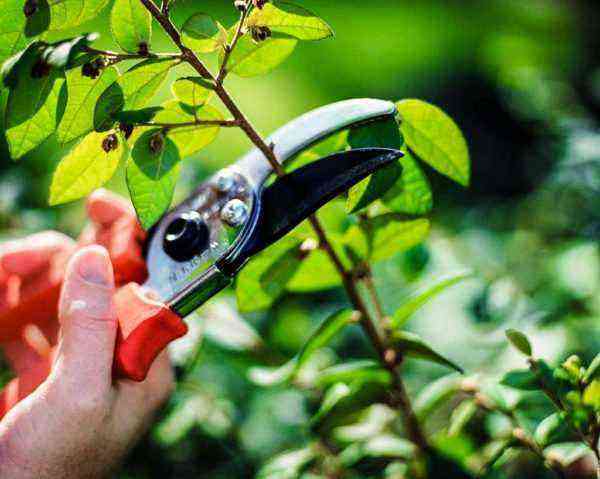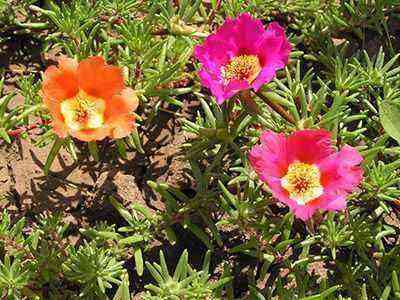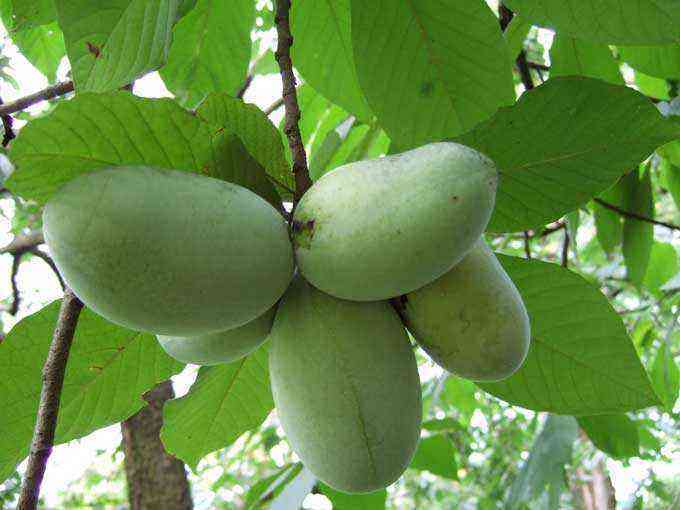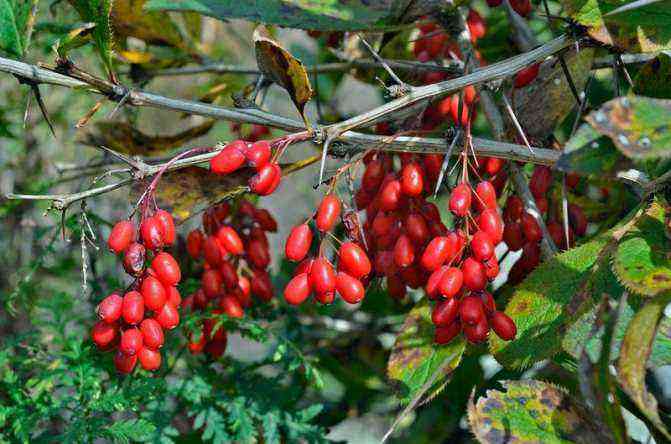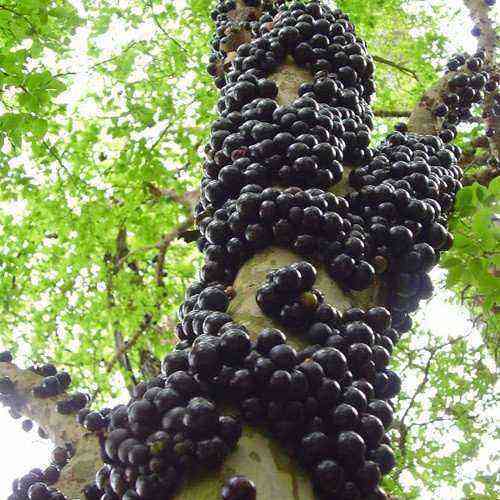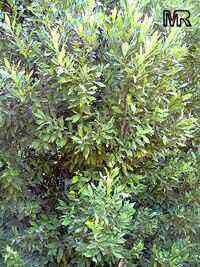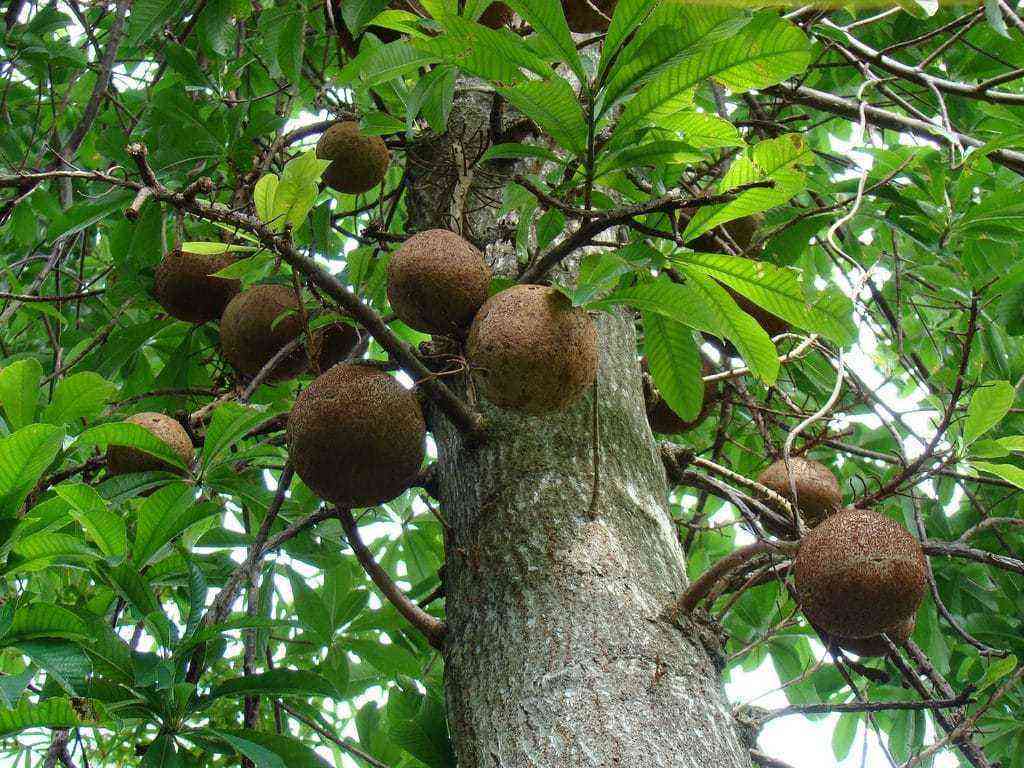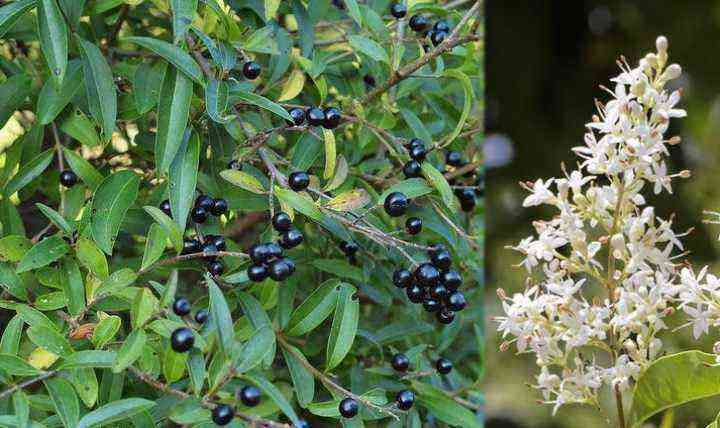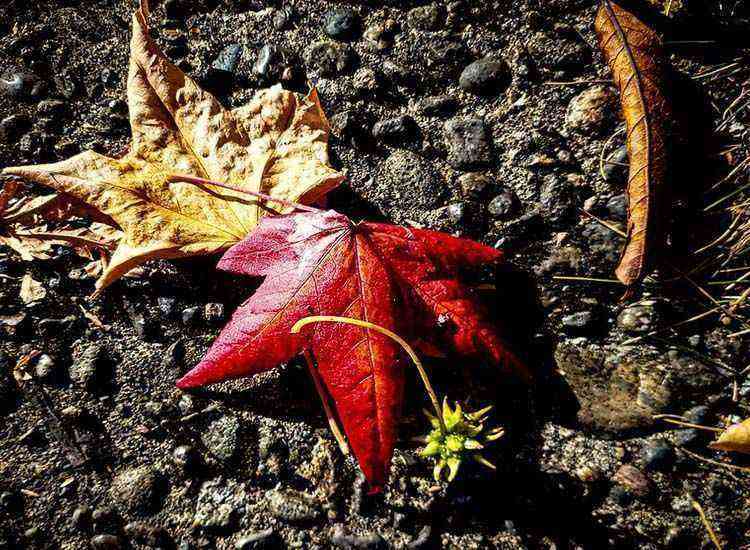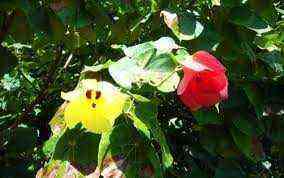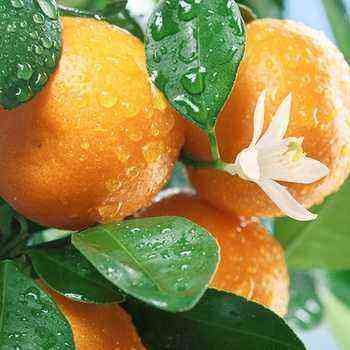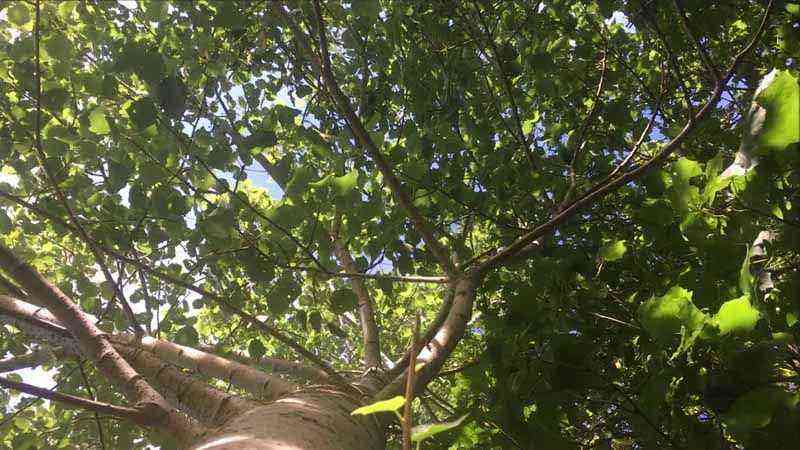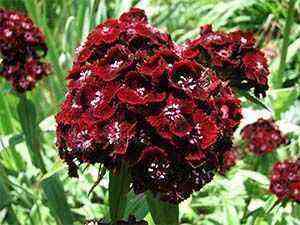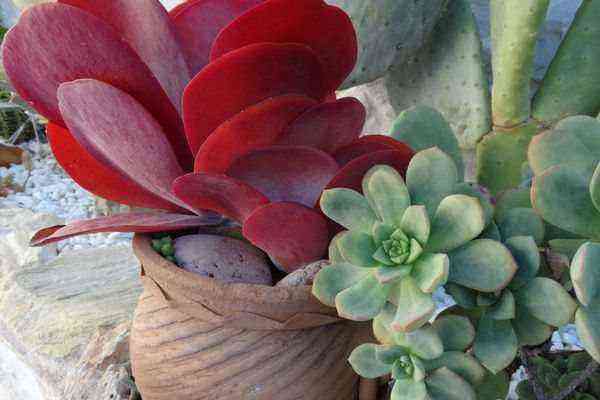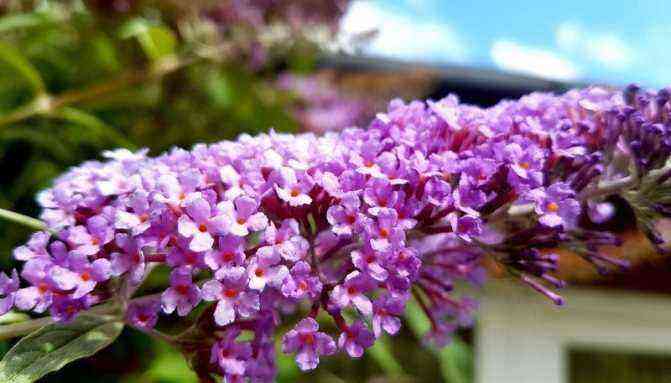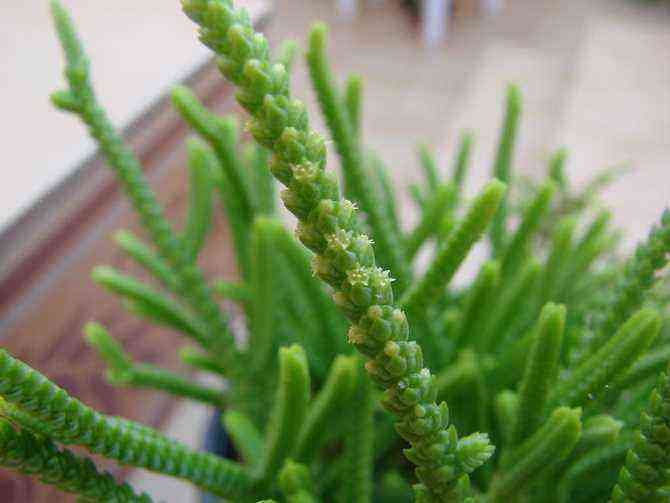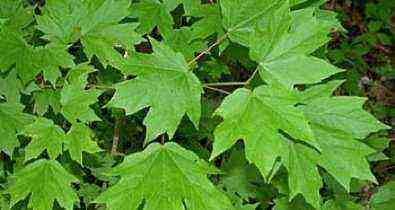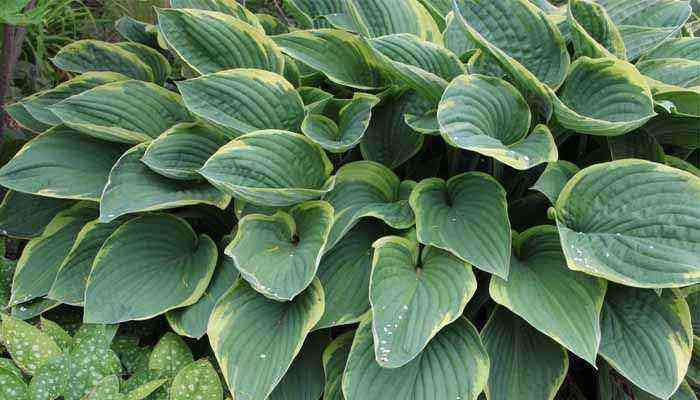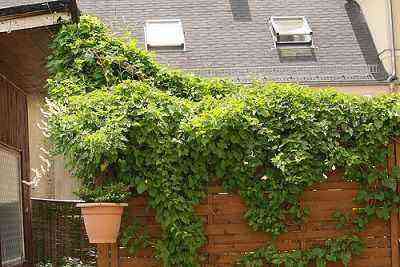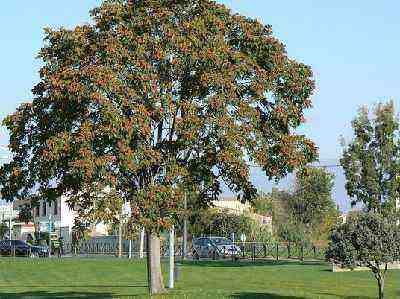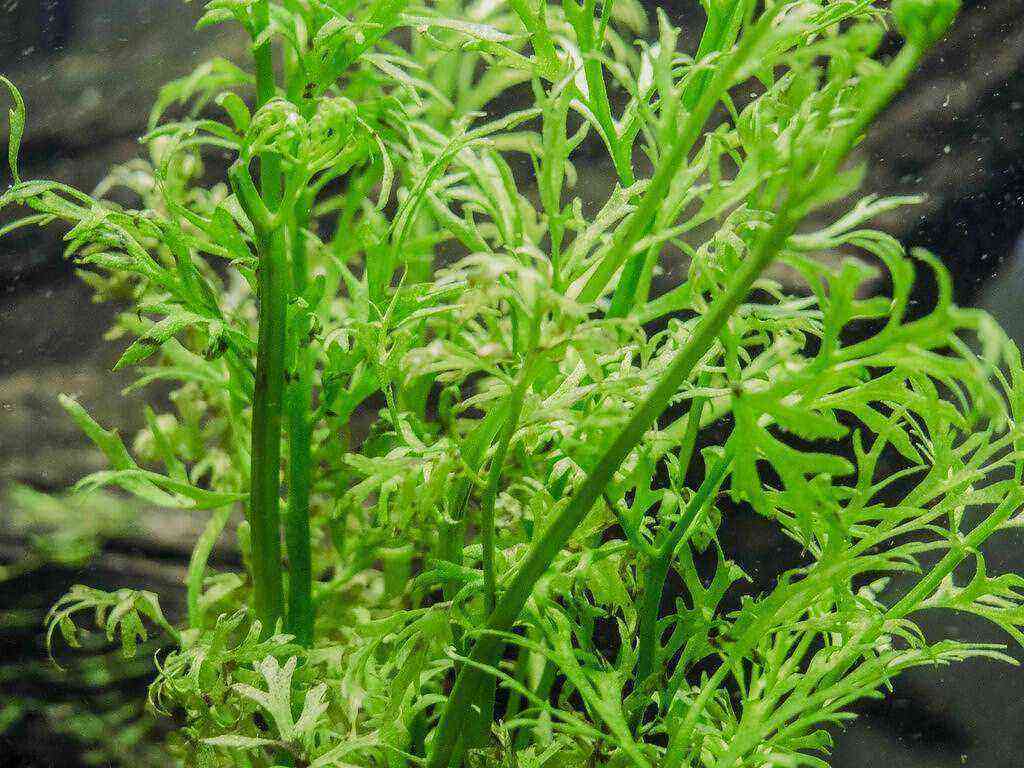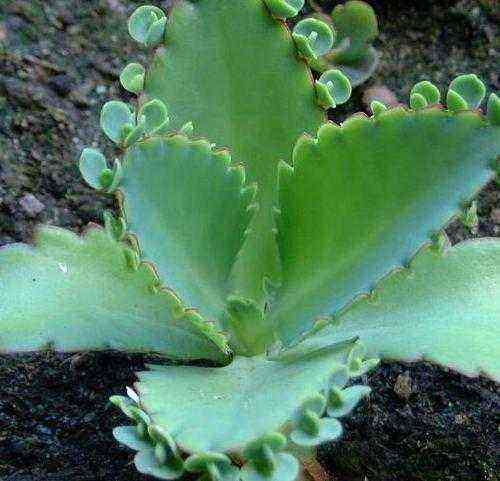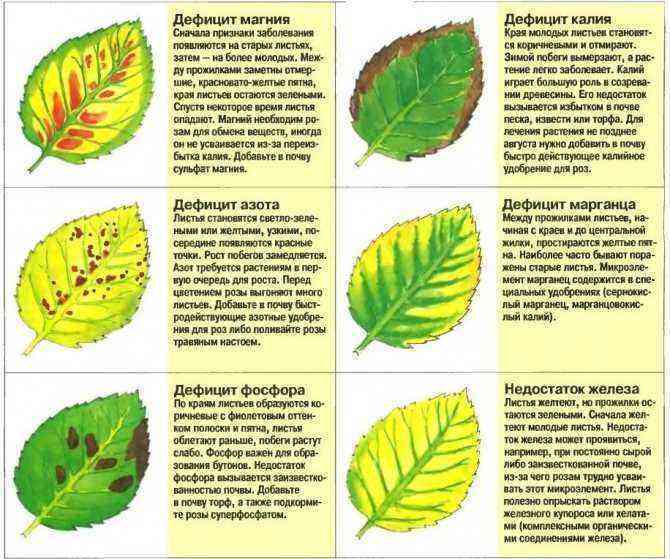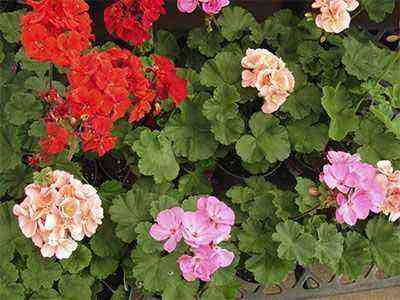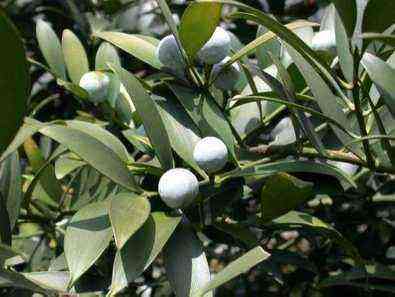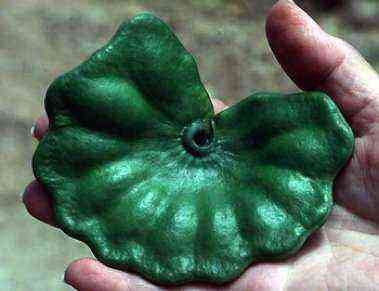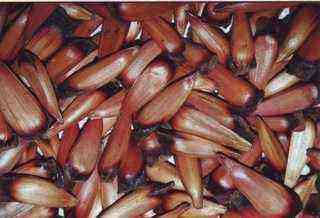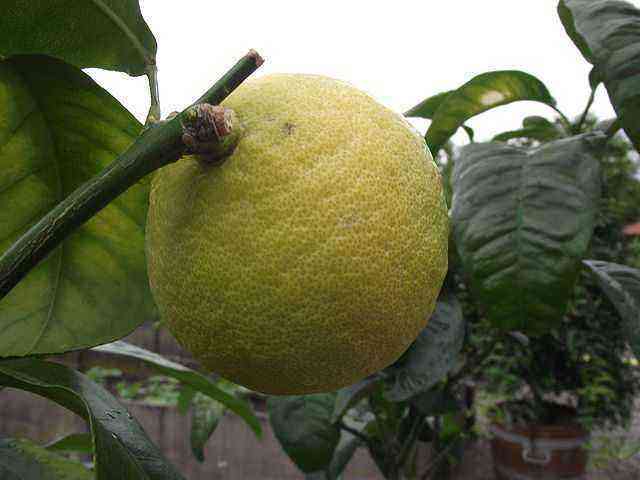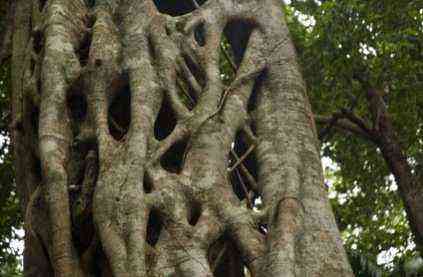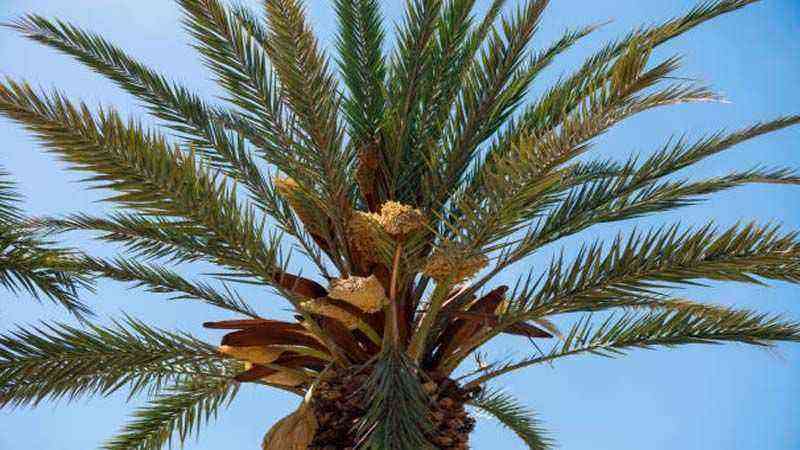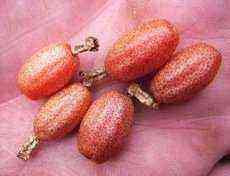Pruning plums in the fall can be a real challenge for a novice gardener: improper actions can seriously damage the tree and affect further harvest volumes. It is important to adhere to the haircut scheme and timing. Consider the basic rules.
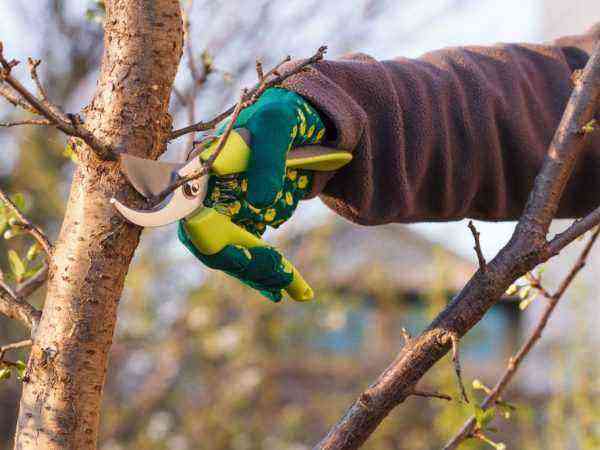
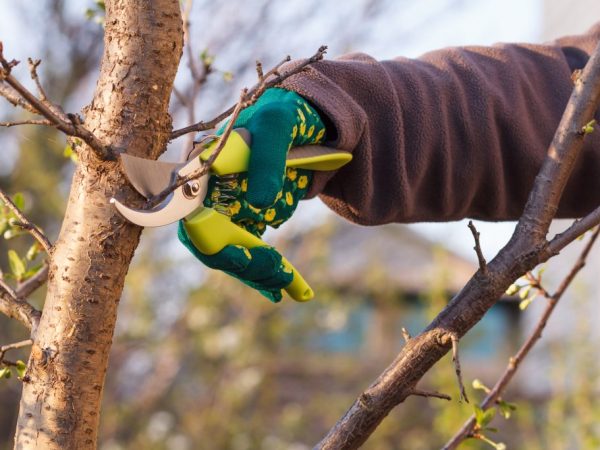
Forming and pruning plums in autumn
Pruning plums in spring
The most important pruning of a plant is in the spring. The tree is pruned in late March – early April, when the frosts have already passed, but the buds of the plant have not yet woken up and the sap flow has not begun. In the spring, all frozen, damaged and improperly growing (inside the crown) branches are cut out onto the ring, and they also thin out the crown and shorten the growth of the last year by 1/3. It is on these shoots that the plum will bear fruit.
Plum pruning scheme in spring
In the southern regions, you can start cutting the plum in late February – early March, but the air temperature should be at least 10 ° C.
How to properly remove unnecessary branches from a tree in spring is shown in a very informative video of pruning a plum.
During the first 5 years, a sparse-tiered crown is formed. In the first year, the area of the trunk is measured on the seedling (40-60 cm from the ground), 6-7 more buds are counted above it and the top is cut off. In the second year, the first tier is formed from the buds located above the trunk. 2-4 well-located lower shoots are left on the tree, extending from the trunk at an angle of at least 60 degrees. All shoots appearing in the area of the trunk are regularly cut into a ring.
After another year or two, a second tier is laid above the first tier, consisting of 1-2 branches (at a height of 20-30 cm from the upper branch of the first tier). If necessary, a third tier of 1-2 branches is also formed above.
You can also shape the crown into a bowl. In this case, 3-4 main branches are left, which are located relative to the trunk at an angle of 60-90 degrees at a height of 40-50 cm from the ground. The center conductor is cut out during this shaping.
Plum pruning is carried out using a sharp pruner, and all cuts are treated with garden pitch.
Regional features
Spring pruning is done every year. In the center of Russia in March, in the north in April, and in the south there are no restrictions. The only condition is the need to keep within the period before the start of the juice movement and the swelling of the buds, but when the temperature regime is no less than -6 ° C for a long time, since in this case there is a high risk of injury to the plant.
Seasonal work:
- In summer, pruned in early to mid-summer. This procedure is relevant for young plants, mature trees are cut only when the need arises. Also, during this period, you can cut off the shoots that have frozen over the winter, if this is not done during the spring care, as now they become clearly visible and easy to recognize.
- Autumn pruning is necessary in September; in areas with a persistent warm climate, the prophylaxis procedure can be performed at the beginning of October. In areas where winter comes early or prolonged, if possible, you should refrain from pruning in the fall, since the fruit tree will not have time to adapt before frost. The exception is the need for a sanitary procedure, but it must be done as early as possible.
- Pruning in winter has become in demand not so long ago, the main advantage of this method is to stimulate the growth of young shoots in spring. This is explained by the fact that the plum tree tolerates wintering much better than other stone fruit species.
During severe frosts, you still should not carry out such a procedure, as this can affect the growth and development of plant culture. Such pruning is only suitable for the south, where it is warm even in February.
Summer pruning plum
Pruning of plums in summer is carried out when planting a seedling. In this case, the main trunk (center conductor) is cut by 1/3 and the side branches are shortened by 2/3.
Mature plants are pruned in June-July. Summer pruning is predominantly sanitary: branches are removed that froze over the winter, but were not recognized as damaged during spring pruning. Now, when flowers and fruits have not formed on these shoots, they can be safely cut out.
Also, in the summer, young strictly vertical shoots are cut into a ring (they can be broken off with your hands) and branches on which signs of disease have appeared.
And the shoots growing horizontally are left.
Places of cuts of young shoots heal quickly, so they can not be covered with garden pitch.
How to properly trim plums in summer, see the following video:
Plum care after pruning in the fall
The pruning procedure itself is a huge stress for the tree, after work, it needs to be carefully looked after. All places of cuts must be cleaned, and then disinfected. Dig up the near-trunk circle, and pour it with a nutrient solution of mineral fertilizers, this will help the tree to restore strength and recover faster. To prepare liquid fertilizers you will need:
- water 30 liters;
- superphosphate 9 tbsp .;
- sulfuric potassium 6 tbsp. l .;
Preparation:
Add fertilizers to settled water at room temperature and stir well. Pour the resulting solution over the trunk circle and mulch with hay, straw or sawdust.
After the autumn pruning of the plum has been carried out, you can begin to prepare for the winter period. The work includes a number of necessary care activities. It is imperative to carry out them, if this is not done, the tree can hardly tolerate the cold. Young trees, or those that grow in particularly cold climatic zones of the country, need shelter. Otherwise, the preparation for the cold weather is the same for all regions.
On a note!
Top dressing of plums in the fall is needed in order to restore strength after the fruiting period.
After the end of the growing season, all fallen leaves, sawn branches are removed from the trunk circle and taken out of the site. The earth is dug up, loosened, and nutrients are introduced into the soil and water-charged irrigation is carried out. Moss and lichens are removed from the trunk and disinfected with copper-containing solutions. At the end, the bole is whitewashed; for young trees, sparing whitening agents or paint are used.
Pruning plums in autumn
The tree is pruned in mid-September – early October (after leaf fall) so that it has time to prepare for wintering. Long and fast-growing branches are shortened by a third so that they do not break under the weight of snow and from gusty winds. The top of the tree can also be shortened if necessary. All damaged and broken shoots are also cut out, since they are more susceptible to frost than others. In addition, at this time, the pruning of dry and diseased branches is carried out at the old plum.
All plum shoots removed in autumn should be burned, because dangerous pests can settle in them for the winter.
In regions with mild winters, not only sanitary, but also formative pruning can be carried out in autumn. However, in the unstable climate of the middle zone, it is better to postpone this matter until spring.
When can a plum be pruned
The main pruning of plums (sanitary and formative) is carried out in early spring, in March, when the winter frosts remain behind, but before the buds swell on the trees. If you cut plums at a temperature of -10 ºC and below, the cuts on wood that are fragile from low temperatures will not heal well.

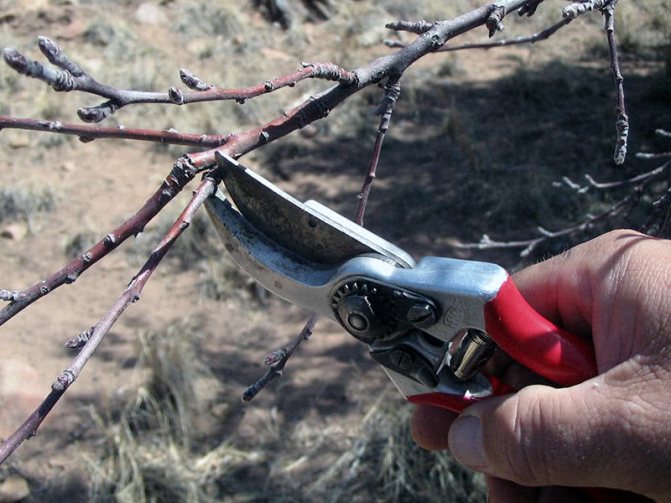
You can also prune plums in the first half of summer, when the sap flow in the plant slows down. The purpose of summer pruning is to help the tree cope with the harvest by preventing branches from breaking off.
Autumn pruning is performed after leaf fall, when all vegetation processes are over in the tree. The purpose of the procedure is to prepare the plum for wintering.
In winter, when the air temperature on any day can drop to significant minus indicators, it is better not to prune.
Features of pruning old plums
When new shoots stop growing on an old tree, at the beginning of spring the old skeletal branches are cut down, and the places of the cuts are carefully cleaned and covered with garden pitch. New shoots are soon formed at the cut site, of which only 3 or 4 of the strongest are left, the rest are removed in the middle of summer.
Please note: It is not recommended to prune a large number of old branches at the same time. Otherwise, the tree will not survive such severe stress and die. It is better to stretch rejuvenating pruning for 2-3 years.
Pruning schemes
For a seedling
It is produced immediately at the time of planting a tree in open ground. This allows the depressed root system to provide sufficient nutrients for the few branches that remain after transplanting the plant.
Usually no more than 4 branches are left, in the future they will become a skeletal base.
For transplantation, they can use both an annual plant and at the age of 2-3 years. In the latter case, there is a better survival rate and stronger immunity.
At the same time, two-year trees are characterized by slow growth and require gentle pruning of branches.
Rules:
- Seedlings have uneven growth of shoots, which is why some of them can stretch significantly, while others acquire up to 20 cm in size. Because of this, it is recommended that you prune at least 3 times a year.
- The central conductor is cut off once a year. It is important to thin out the crown around it in order to maintain a leading position in growth for the main branch.
- In the first year, skeletal branches must be laid. For this, unnecessary shoots and twigs that grow inward are cut off.
- It is necessary to decide in advance on the shape of the crown, its desired size and general appearance. In the future, it will only be necessary to adhere to the planned plan.
For young plums
A young plum is considered up to 5 years old. During this time, the general appearance of the crown is formed and a pair of strong skeletal branches grow.
Formative pruning is usually planned in the spring to allow the plant to adapt to its new appearance in a few warm months. However, with fairly mild winters, the procedure is also carried out in the autumn.
Most often, the plum is formed into one of two common types: cupped or sparse-tiered.
For a multi-level crown you need:
- In the first year after planting, mark the standard area on the plant. Usually it is placed 50-60 cm from the soil.
- Above the mark, there are 5 to 7 buds. The top is cut off above them.
- Of those buds that remain, the lowest tier is formed for the next season.
- From the left shoots, 2 to 4 of the most successful ones are selected, which are at least 60 degrees away from the main trunk. The rest of the processes entering the standard area are cut off into a ring.
- The second tier is formed in 3-4 years, usually this level consists of two branches. The minimum distance from them to the lower branches is 25-30 cm.
- If desired, a third tier is formed in a year, adhering to the previous scheme.
The crown bowl for young plums is placed according to a different technique:
- The lower tier is formed, as in the case of multi-tiered tree growth. The shoots are chosen according to their location: they should grow at an angle of 60 to 90 ° to the trunk. The minimum distance to large branches and the ground is 40 cm, the maximum to the ground is 55 cm.
- When strengthening the branches, the central conductor is cut off.
- Further formation is carried out through cutting off old and diseased branches, as well as adjusting the growth rate of the crown.
For old trees
A rejuvenation procedure is required – it should not be performed more often than once every 5 years. Moreover, experienced gardeners advise to stretch the pruning for several years. Thus, the stress level for the plant is reduced.
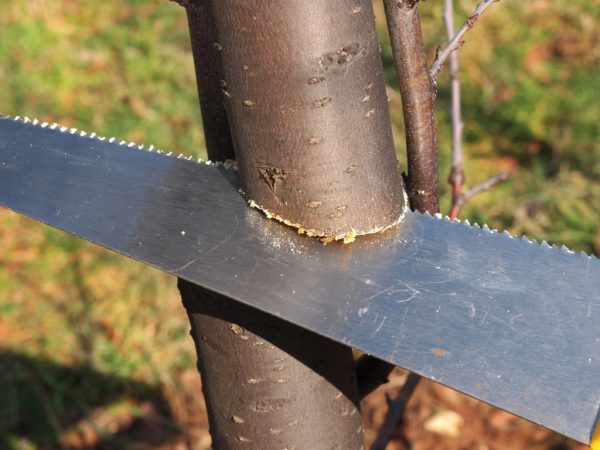
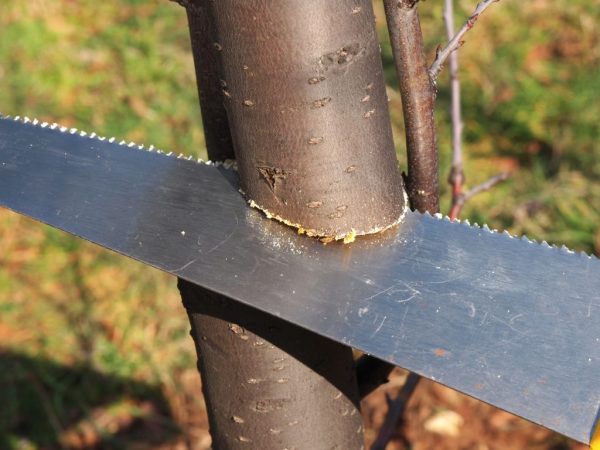
Anti-aging pruning is done only as needed
It is recommended to start a shearing of this type only if no new shoots appear on the tree within two years. If you notice a cessation of development behind the plum, then it needs rejuvenation.
Steps:
- 2-3 skeletal branches are cut, sometimes it is better to stop at one. It all depends on the strength of the plant and its age. The fewer branches removed, the more easily the plum will carry it over.
- To make the saw cut even, it is cut in two opposite sides. Otherwise, a heavy branch may break under its own weight, which will adversely affect the health of an elderly tree.
- Slices are cleaned and processed with pitch, leaving no “bare” areas.
- The next season, new shoots grow in these places. It is important to leave no more than 4 of the strongest branches, others are removed closer to summer.
- When the tree feels well and the overall harvest volume is preserved, the procedure is repeated. If the plum becomes sluggish, has few buds, produces few fruits, or looks bad, then it is fed and left untouched for a year or two.
Rejuvenating pruning is considered a great stress on the plant. It is usually carried out in early spring so that the old plum will adapt during the warm season. It is also recommended to apply fertilizer after manipulation, preferably in liquid form.
In the autumn, pruning is done only in those places where warm and mild winters persist without strong winds and frosts below -15 °.
Young shoots from mature trees should not be pruned for no reason. It is better to minimize such intervention as much as possible and leave only sanitary procedures.
Columnar varieties
Columnar plums are distinguished by the correct elongated shape of the crowns and have their own characteristics when pruning them:
- The fruits on these trees grow along the trunk, so all side branches are cut off every year.
- The center conductor is never touched. Even when the top freezes, over time it comes to life and gives out 2-3 new shoots. Of these, the most developed and strongest is left.
Trimming a columnar plum
The columnar plum has a compact crown. Fruits on such a tree do not grow on spreading branches, but along the trunk, so the side shoots are useless. They are pruned annually.
In this case, it is important to completely preserve the central conductor of the tree, it is not touched at all. If the top of the main shoot freezes, then additional shoots (two or three) will grow in this place over time. In this case, one, the most developed, is left, and the rest are removed.
To get a good harvest of fruits, you need not only to properly cut the plum, but also to properly care for the tree throughout the year. Read about the intricacies of caring for this plant in the article Growing plums in the garden – all about planting, watering, feeding and processing.
How to prepare a plum for winter
So, the pruning was carried out, but in order for the winter to pass painlessly and the plum to please the next year with a good harvest, it is necessary to carry out a number of important measures in the fall to prepare the plant for winter, namely:
- cleaning of plant debris from the drain and loosening the soil;
- water charging irrigation in the middle of autumn;
- autumn feeding of plums;
- liming of the soil in near-trunk circles (in preparation for winter, it is carried out every 3 years);
- early cleaning of trunks and main forks from lichens, gum and moss, followed by disinfection with 5% copper sulfate solution;
- whitewashing the trunks and bases of skeletal branches;
- drainage device or preparation of drainage ditches in order to avoid heating the bark during thaws;
- shelter of young trees in early winter.
Top dressing of plums in autumn
The main task of the feeding is to prepare the crop for winter conditions. Spraying the crown of a plum with potassium monophosphate in mid-August or early autumn increases the plant’s chances of a favorable outcome, since it contributes to the timely ripening of growth and fruit buds.
In September, after cleaning the near-trunk circles from the remnants of volunteers and fallen leaves, water-charging irrigation is carried out, combining them with subsequent loosening and the introduction of ash (1 liter jar for 1 tree). In autumn, this plum dressing is the main one, because stone fruit crops more than others need regular deoxidation of the soil, and ash contributes to this. But you can also use dolomite flour or lime for this purpose. (500 g per 1 m²).
The preparation of any fruitful crop for winter is impossible without the introduction of phosphorus and potash fertilizers in the middle of autumn (about a month before the onset of a stable cold snap). Superphosphate is dissolved in water (3 tbsp. L. Per 10 l) in the same way as potassium sulfate (2 tbsp. L. Per 10 l). Application rate up to 4 buckets per 1 fruiting plant.
And at the end of the leaf fall, already in November, spraying is carried out on bare branches and the soil surface with a 5-7% solution of carbamide (urea). This preparation measure allows you to destroy insect pests hiding in the bark, eliminate the causes of spotting, fungal and putrefactive diseases.
How to cover a plum for the winter
Mulching the plum tree trunk with rotted manure or compost is not only the first top dressing after winter, but also protects the plum root system from freezing and is an important component of preparing this crop for winter. To protect the drain not only from severe frosts, but also from damage by rodents, the trunks of adult trees are protected with available improvised means:
- roofing felt;
- non-woven;
- spruce branches (needles down);
- a metal mesh in the form of a cylinder;
- a special fence or frame;
- plastic bottles, pipes or buckets without a bottom, cut lengthwise;
- plastering with a special composition of clay and mullein with the addition of pungent-smelling substances (creolin, tar, carbolic acid).
Features of the shelter of a young plum for the winter
Special preparation is required for young plum seedlings. The tree has not yet grown so much that it cannot be covered entirely (along with the crown). Therefore, the use of various bags, covers and frames in winter is quite justified.
Sacks or non-woven material are placed in the near-trunk circle of young plums, which is fixed from above with a cone made of soil. The last preparation for prolonged frosts is carried out by hilling trees with snow, which creates additional protection for the trunk and root system.
What tools are needed to trim wood
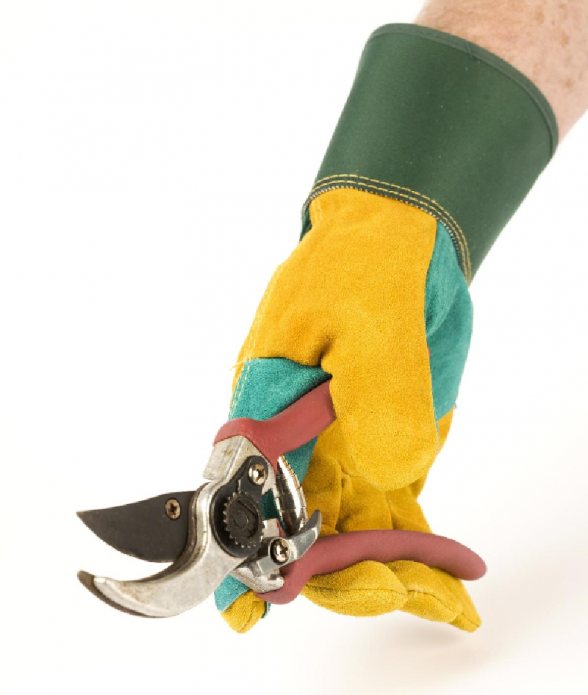

The gardener’s arsenal for the pruning procedure should include:
These things must be treated with disinfectant solutions. Especially if before that they were used to cut diseased plants. After all, many diseases are universal, transmitted from one type of culture to another. There are common diseases in woody and herbaceous crops.
The instrument must be well sharpened: flattened or grinded sections take a very long time to heal, often with necrosis of these areas.
Skeletal branches are cut with a hacksaw. With a knife, mainly young growth is eliminated, the ends are shortened. To make a smooth cut without damaging tissue, you should practice on unnecessary rods.
The pruner is a very handy tool. Can cut fairly thick branches. It should be as sharp as possible, otherwise it will severely damage the cut area.
Does the variety of plum affect the pruning process?
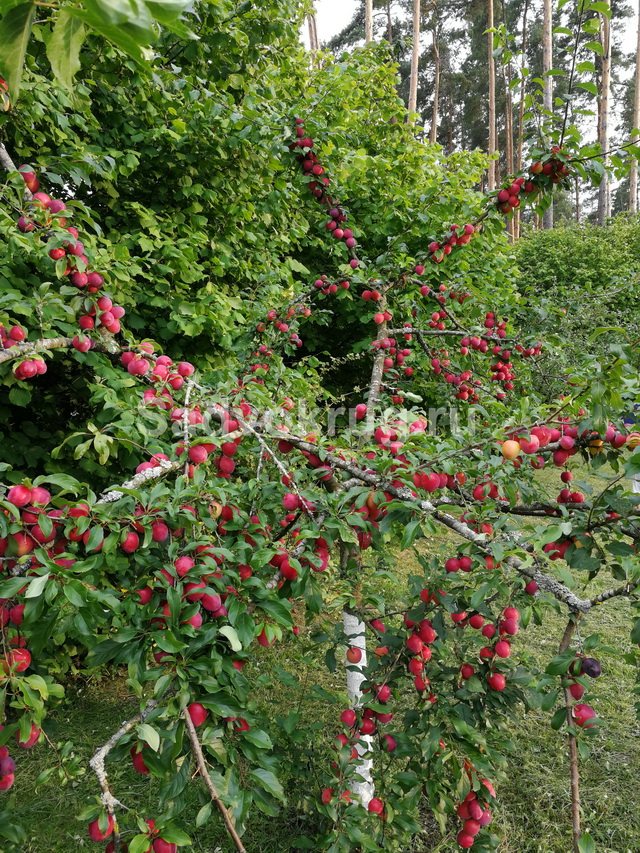
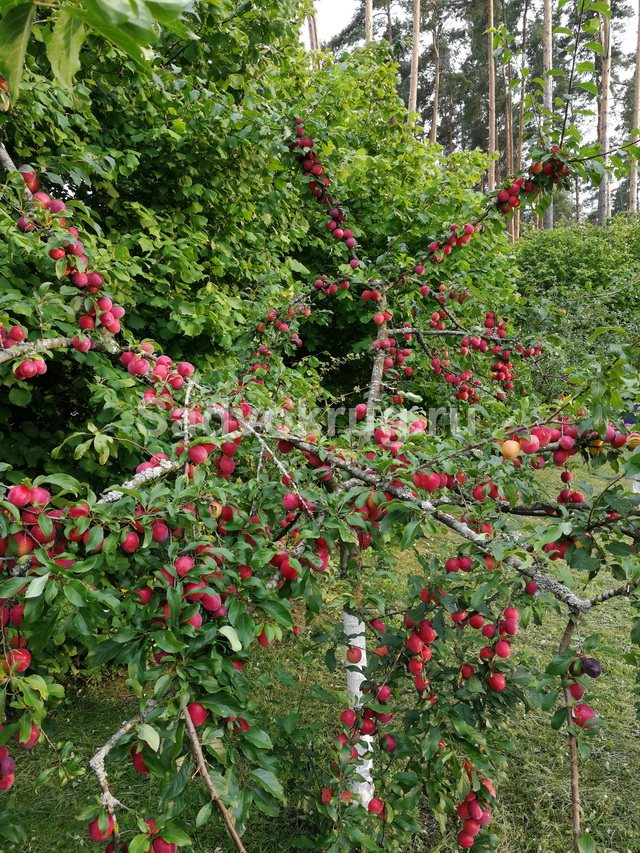
Spring pruning of plums promotes a good harvest
Depending on the variety and species, plums are capable of bearing fruit on both short and elongated lateral branches. Therefore, pruning a plum tree certainly depends on the variety you planted.
If the crop appears on short fruiting branches, then pruning is carried out in such a way that a multilevel crown shape is formed. These include the Zyuzinskaya plum (Royal, Zyuzinskaya early ripening).
On the contrary, the “Red Hart” variety only shortens the growths, the length of which exceeds half a meter.
General principles of pruning
When pruning a plum, like any fruit tree, the branches of the central shoot, shoots at the trunk and roots, as well as branches are first removed:
- intersecting;
- lower ones at the forks;
- directed towards the trunk;
- growing vertically upward (tops);
- looking down;
- located close to each other.
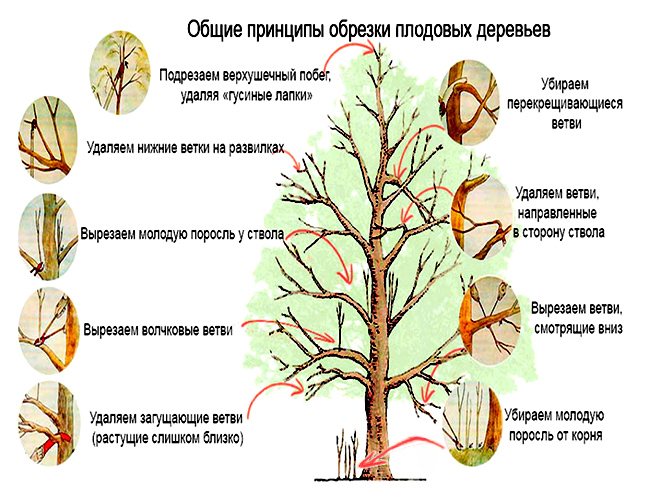
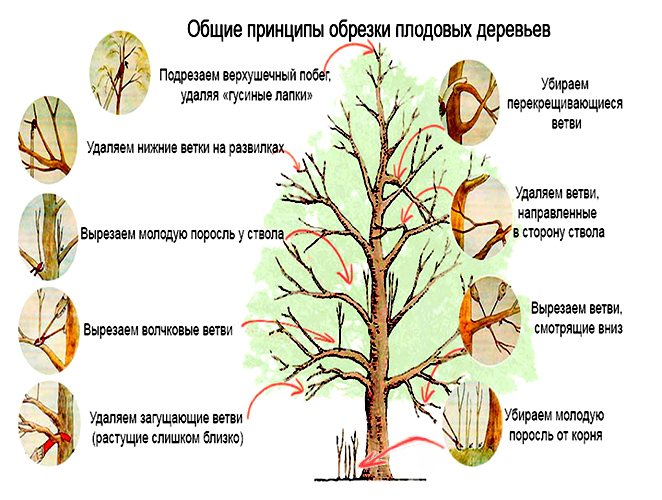
The general principles of pruning plums are applied by all gardeners.
The cutting technique depends on the thickness of the branch to be removed. On thin branches of the current year, a cut is made per bud – the branch is cut over the bud with a slight slope in the direction opposite from the bud.
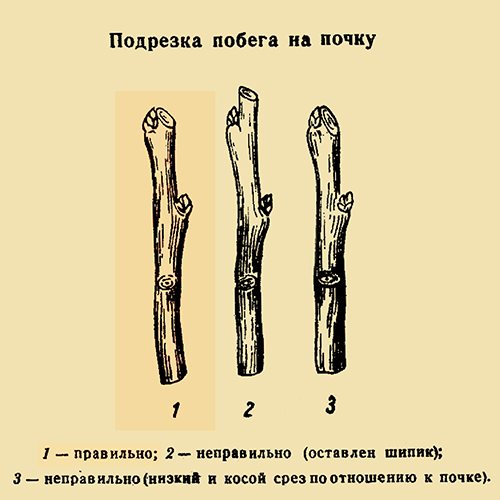

A cut of a plum branch for a bud is made on the branches of the current year’s sprout
Thicker branches are cut into a ring. Such a cut is made close to the trunk without affecting the influx (thickening at the junction with the trunk).
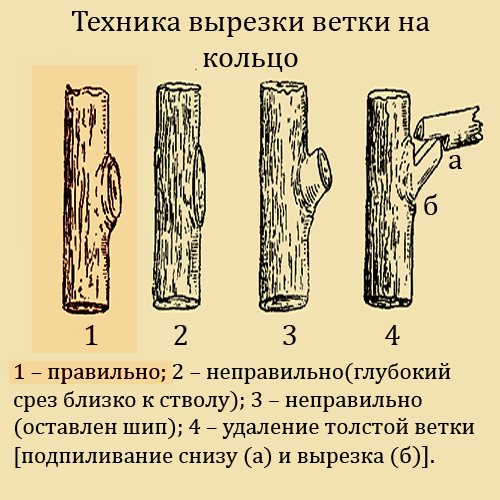

The plum branch is cut into the ring when thick branches are removed.
Very massive branches, which need to be removed if necessary to rejuvenate the plum or due to damage to its diseases, are cut in 3 steps:
- Saw from the bottom by ⅓. This will help prevent the bark from pulling off the trunk.
- Saw off the top a little further from the trunk than the bottom cut.
- The resulting knot is cut into a ring.
Sections made with a saw are cleaned with a sharp knife so that the cut site becomes smooth, and those that are more than 2 cm are allowed to dry for 2-3 hours, then they are treated with garden varnish or oil paint.
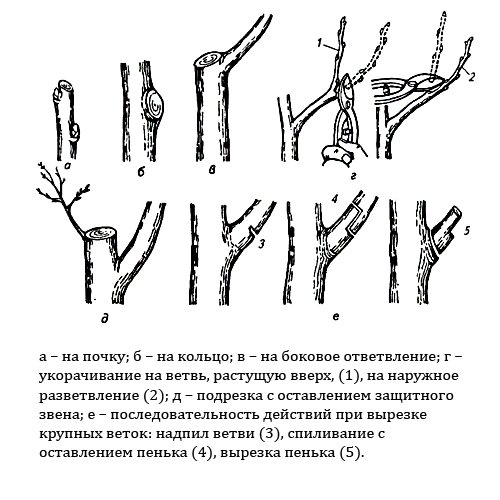

The technique for cutting plum branches may vary depending on the thickness of the branch and the needs of the grower.
Forming the crown, gardeners choose the direction of growth of the branches. This is shown in the picture by points d and e.
Types of pruning and their features
To obtain a rich, tasty and healthy harvest, all the nuances of correct spring pruning are taken into account. Novice gardeners need to know:
- what types of branches and shoots exist;
- the desired terms, varieties and features of the haircut;
- varieties, their differences in appearance: crowns, type of crop development, degree of growth and dynamics of growth of new branches.
Therefore, the plum is cut for different purposes:
- Formative. With the help of such a haircut, the crown of the tree is formed.
- Sanitary. Branches infected with rot or scab are cut off, frozen. The cut branches are immediately burned to prevent contamination of healthy fruit trees on the site.
- Anti-aging. To rejuvenate the old plum, that is, to restore the fruiting of old plants, dry, broken branches are cut off, pulling nutrients, which will then go to the fruits.
- Thinning. The branches that grow inward are cut off, preventing sunlight, full ventilation. Under these conditions, the bark dries faster and does not become overgrown with moss.
There are three types of pruning techniques:
- “On the ring.” The branches are cut in the place where the influx of bark is visible.
- “To the kidney.” This method helps to shorten the shoot and give the desired direction of growth. A healthy bud is selected, and then the branch is cut at a specific position.
Important!
Remove the branch so that you get a 45-degree cut. The top edge of the cut branch is in line with the top of the bud.
- Transfer to a lateral escape “. With this method, the direction of growth is changed and the infertile branches are sifted out. Choose a healthy lateral shoot and cut it 2-3mm above the bark inflow.
